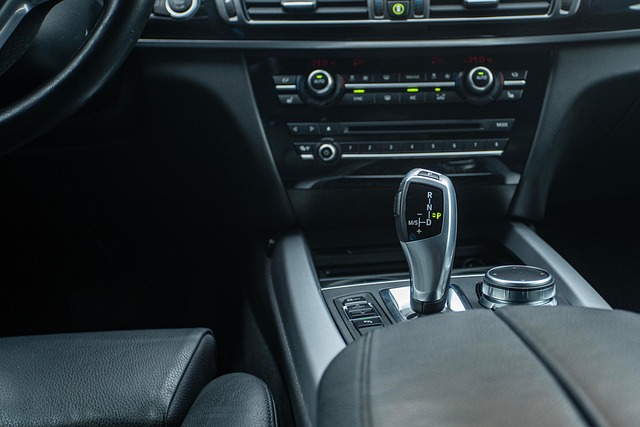Unraveling the Intricacies of Automatic Playback: A Comprehensive Guide
In today’s fast-paced digital world, the concept of automatic playback has become an integral part of how we consume media. Whether you’re streaming your favorite music playlist, watching videos on social platforms, or navigating through interactive presentations, automatic playback shapes our experience in subtle yet profound ways. But what exactly makes automatic playback so fascinating, and why should we care about its intricacies?
The Essence of Automatic Playback
At its core, automatic playback refers to the seamless, hands-free progression of audio or video content without requiring user intervention after the initial command. Think about those moments when a song ends, and the next one begins flawlessly, or a video finishes, and the next suggestion starts playing immediately. This fluidity is the hallmark of automatic playback — it allows us to immerse ourselves in content without interruptions.
But this isn’t just about convenience. Automatic playback frames how we emotionally connect with content. The uninterrupted flow cultivates anticipation, engagement, and in some cases, a sense of comfort — like having a personal DJ or curator anticipating what we want before we know it ourselves.
Technical Foundations Behind the Magic
To truly appreciate automatic playback, it’s essential to understand its technical underpinnings. These systems rely on algorithms that not only queue up the next track or video but also often tailor selections based on user preferences, listening habits, or trending popularity.
- Buffering and Preloading: The system preloads upcoming content to minimize lag, ensuring smooth transitions.
- Content Recommendation Engines: Using artificial intelligence, platforms predict what the user might want to hear or see next, enhancing the personalized experience.
- User Interface Design: Designing intuitive controls and notifications that let users easily toggle automatic playback on or off.
Benefits and Challenges
The benefits of automatic playback are clear — it offers simplicity, continuous entertainment, and personalization. However, this feature is not without its challenges. Concerns about data usage, involuntary content consumption, and potential autoplay fatigue come into play.
Moreover, privacy considerations arise when playback systems analyze user behavior to recommend content. Striking the right balance between convenience and control is a pivotal ongoing endeavor for developers and users alike.
Automatic Playback in Different Contexts
Automatic playback doesn’t only belong to music or video streaming. Its impact extends across various realms such as:
- Education: Facilitating uninterrupted lessons or tutorials that adapt based on learner progress.
- Marketing: Engaging audiences with continuous product demos or advertisements.
- Gaming: Enhancing storytelling with seamless cut-scenes and background music.
Empowering the User Experience
Ultimately, the true power of automatic playback resides in how it empowers users. By removing friction, it invites people to savor content in a more natural, intuitive fashion — akin to how we might listen to a live radio show or watch TV with minimal interruptions.
As we navigate the ever-evolving digital landscape, understanding the intricacies of automatic playback enriches our appreciation for the technology quietly shaping our daily interactions. Whether you embrace it wholeheartedly or prefer manual control, recognizing these nuances helps you take charge of your playback experience and tailor it to your lifestyle.




